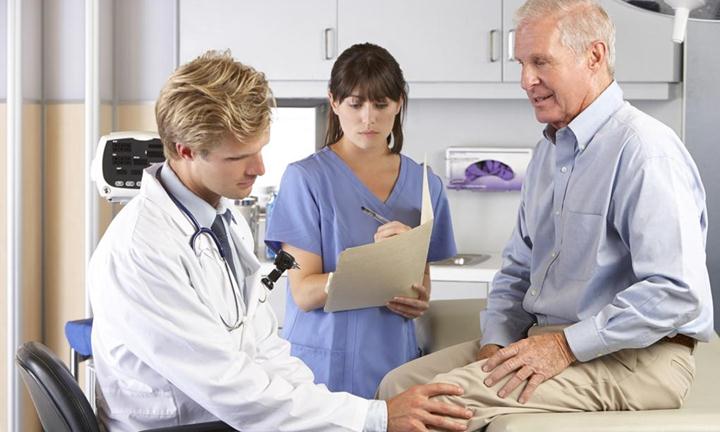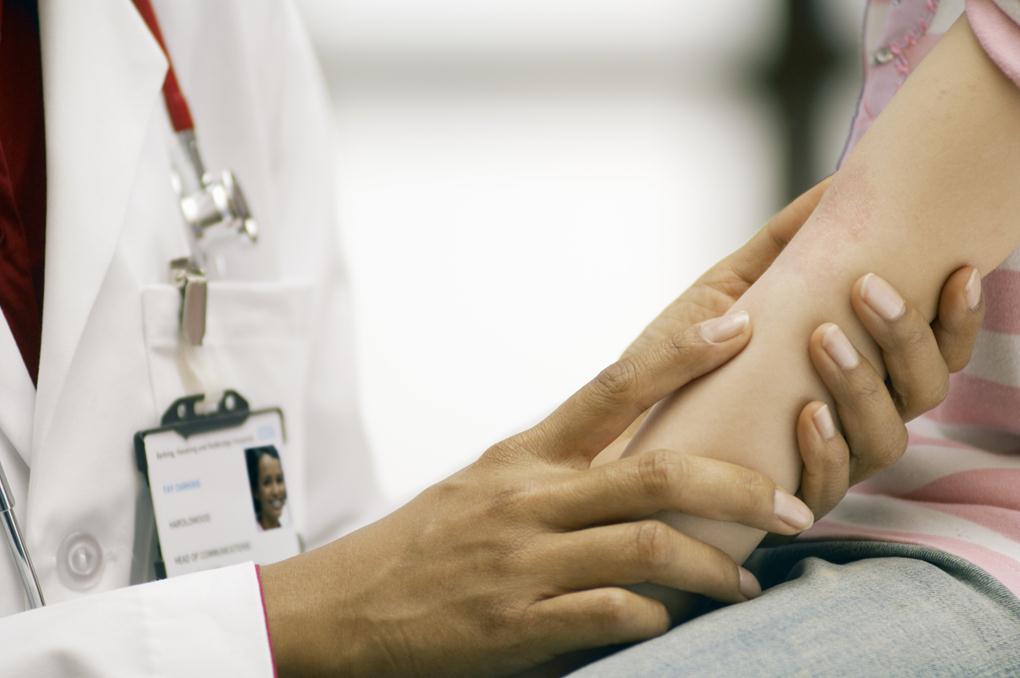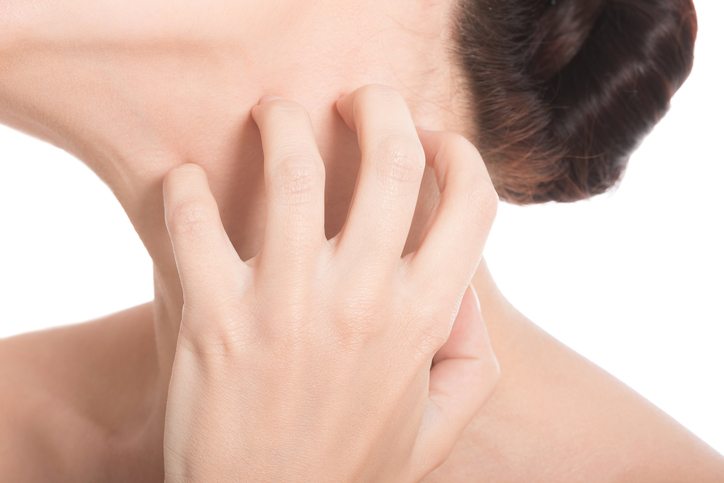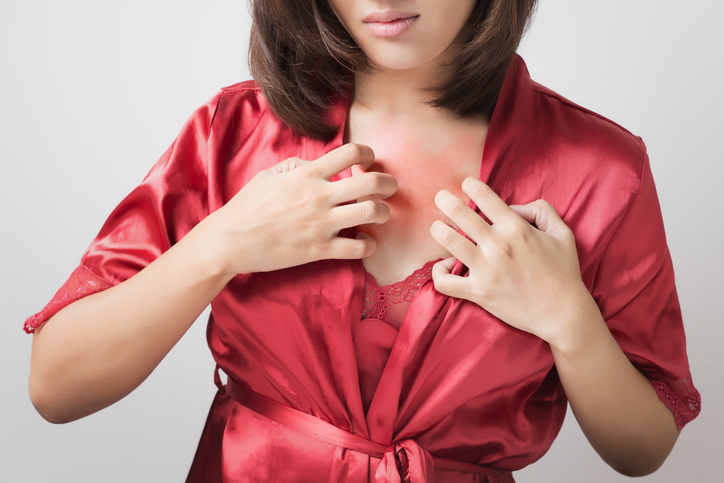Have you ever experienced skin rashes? If yes, you already know how problematic and painful they can be. But they are not so simple to be ignored. There may be different causes and symptoms related to them. Your skin rash can be one of many types, from scalp psoriasis to bacterial infections. It is very important to identify the type you are suffering from, and only then you can have a cure for the problem.
Causes of Skin Rash
Without knowing the cause of your skin rash, you can’t treat it well. You can’t expect the treatment for one cause to help you with something else. So you have to identify what caused you the skin rash in the first place, and then start the required treatment.
– Most common causes for skin rashes are allergens like various plants, pet dander, specific foods, chemicals etc. Allergic rashes can be cured just by washing the affected area but sometimes medications may also be required.
– Chronic skin conditions like psoriasis and rosacea can result in rashes.
– Viral, fungal and bacterial infections can also cause rashes
– Some people may also suffer rashes due to specific health conditions.
– There may also be some hereditary reasons behind such problems.
Skin Rash Symptoms
There can be various signs and symptoms for the skin rashes. They may even be different for the same health conditions in different people. Common symptoms include:
– Silvery skin scales and blisters, often caused due to psoriasis
– Raised skin- Swollen and red skin
– Rashes on specific parts of the body
– Rashes all over the body
– Dry and cracking skin
– Oozing blisters
– Itching rashes
– Painful and burning sensation on skin
The symptoms mentioned above appear only on the skin. But there are other symptoms as well that appear in the body. People with shingles also have suffer from flu like symptoms, for instance, nausea, fever and headache. Rashes caused by allergic reactions also result in stomach sickness, headache, dizziness etc. Some symptoms appear within a few hours while some can take a few days. You should observe them carefully and consult your doctor immediately. There may be some tests required to diagnose the root cause of the problem.
Diagnose Your Skin Rash
There are several possibilities for what your skin rash is and generally you should see you doctor but here are what some of the possibilities might be:
- Heat Rash – it occurs when your sweat glands are blocked and sweat cannot be released from your skin. It leads to red bumps and itching. It can appear ‘blistery’ and could be caused by tight clothing that does not allow your skin to ‘breathe’.
- Impetigo – this is highly contagious and usually occurs on your face or neck. It is caused by bacteria and needs to be treated with antibiotics. It looks like red sores with a yellow scab, it’s itchy and can sometimes be fluid-filled blisters.
- Scabies – this is another highly contagious skin infestation caused by tiny mites. They burrow into your skin and lay eggs. The most common areas affected are wrists and ankles though they can leave bite marks anywhere on your body. It looks like tiny blisters or pimples and is extremely itchy. It is treated with an over-the-counter cream and by washing everything you’ve come in contact with.
- Hay Fever – if you are cursed with hay fever or other allergies you know all about the hassle of runny nose and watery eyes but sometimes these allergens can affect your skin too. The rash looks like welts in your skin and will appear swollen. You can relieve your symptoms with anti-histamine tablets.
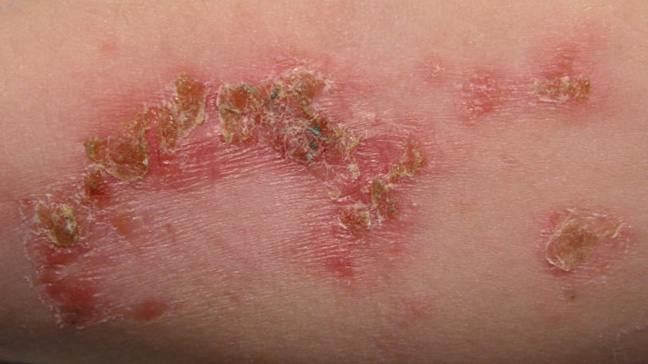
Source: healthline.com
Treatment
Most of the skin rashes fade on their own over time. But in serious cases you may require medical treatment to avoid skin damage and prevent them from reoccurring later. When the cause is diagnosed correctly, the treatment is often possible and straightforward. Topical ointments and creams can also be very helpful in controlling the rashes by moisturizing the skin. Sometimes phototherapy is used in case of psoriasis and severe acne. Oral and injected medications are also common to prevent and treat virus infections, shingles, psoriasis and other problems. For scalp psoriasis, there are various treatments and various measures to be taken to help manage the condition. OTC products, salicyclic acid shampoo, or brushing with a comb can help alleviate the discomfort.
When You Should See Your Doctor
It is always a wise decision to see the doctor as soon as you first observe the symptoms of rashes. This will not only prevent them from further spreading but also treat them faster. Many of them are ordinary and fade on their own, but this is not always the case. Sometimes the conditions get severe over time and demand immediate treatment. So always consult your doctor to avoid further problems.
Sourced from: Dugout
Photo: Thinkstock


